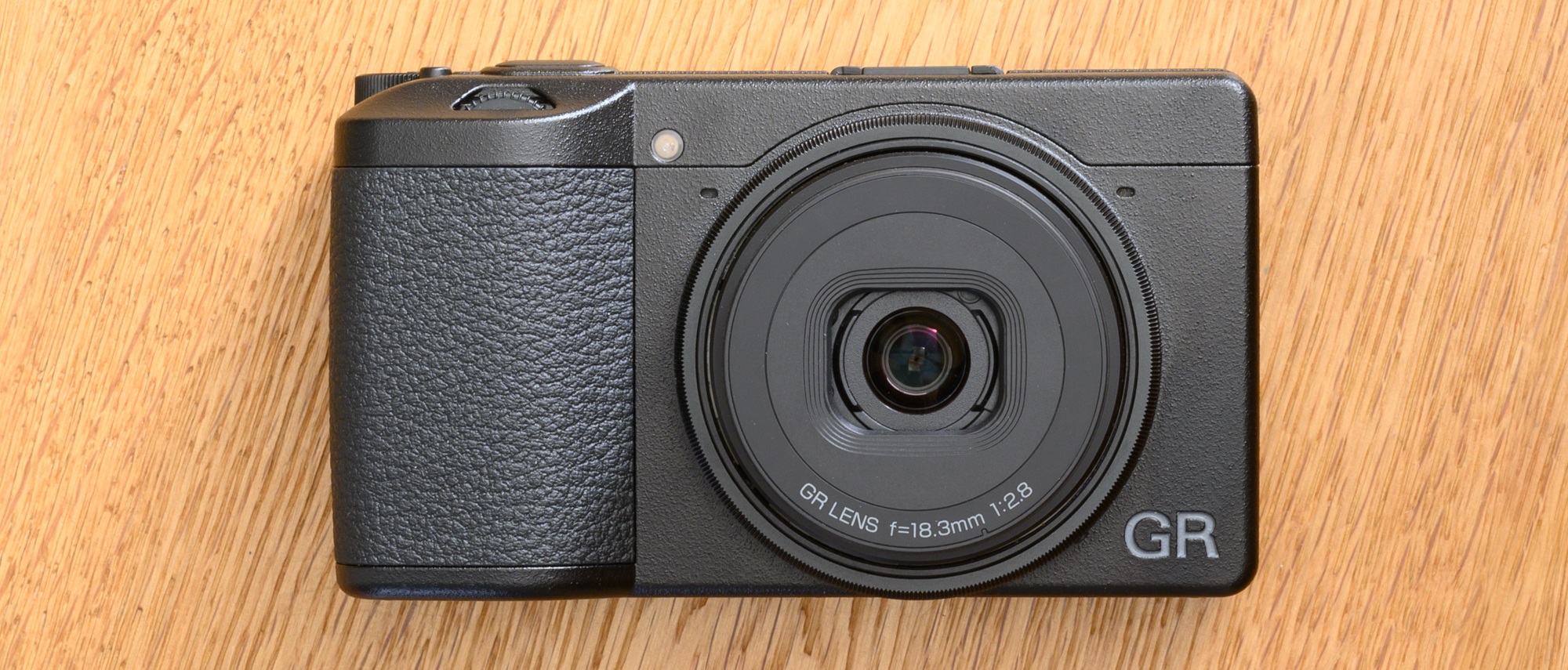TechRadar Verdict
If you're a fan of the GR line you'll love what Ricoh has done here. With fast operation, dependable image quality, a crisp and responsive touchscreen and an even smaller body than before, the GR III has masses going for it. It's not cheap, though, and that great Shake Reduction system means battery life takes a significant hit.
Pros
- +
Very good detail in images
- +
Effective Shake Reduction system
- +
Very fast operation
- +
Tiny, rugged body
- +
Low image noise at moderate ISOs
Cons
- -
Terrible battery life
- -
Autofocus could be better
- -
Vignetting even at smaller apertures
- -
LCD screen doesn't tilt
- -
Relatively poor video recording
Why you can trust TechRadar
The Essential Review
This is TechRadar’s review summary that gives you all the key information you need if you’re looking for quick buying advice in 30 seconds; our usual full, in-depth review follows.
The Ricoh GR III is the third model in Ricoh's GR compact camera lineup to sport a relatively large APS-C sensor. Theoretically, this should give it the same kind of image quality as you'd expect from a mirrorless camera or a DSLR, although the bonus here is that you can squeeze the camera into your pocket.
The GR III sticks to the same design principles as the GR II, but all the key components have been revamped. In place of the GR II's 16.2MP APS-C sensor is a 24.2MP one, and this works with a fresh GR ENGINE 6 processor for better image quality and faster operation. Sadly, this doesn't support 4K video recording, although we do at least get Full HD capture to 60p.
Other significant changes include the addition of a three-axis, four-stop Shake Reduction system to make the camera more flexible in low light, together with a hybrid AF system that fuses contrast- and phase-detect AF – much like what we find on today's breed of interchangeable-lens camera.
Elsewhere, Dust Reduction aims to combat the sensor dust issue that proved to be a headache for many GR and GR II users, and you can control the camera via the new touchscreen on the back, although it sadly can't be physically adjusted away from the body in any way.
The camera is actually slightly shorter than the GR II it updates, and arrives with a familiar understated style but a number of key changes. There is, for example, a dial around the menu pad that lets you quickly navigate the menus or speed through images you've captured; the processing engine is clearly doing a great job here. The menu system itself has now been refreshed too, and it's much nicer to use than on previous models. The camera also starts up very quickly, which is ideal when faced with a more spontaneous shooting opportunity.
The touchscreen shows excellent response, which makes it easy to set the focusing point or browse your images, although focusing performance overall is a little mixed. It's certainly an improvement on the previous contrast-detect-based system, but it can be unpredictable when set to the auto pattern, and sluggish when the light isn't great. It's fast enough for most scenes and subjects, but the standard on such cameras is high here now, and the GR III can't quite keep up with the competition (although it's significantly better here than one of its main rivals, the Fujifilm XF10).
Fortunately, image quality is sound. The sensor does a great job of keeping noise levels low as you crank up the ISO, although the highest few settings are fairly redundant. Even in good light images captured at ISO51,200 and ISO102,400 are ravaged by noise, so you won't want to use these in darker conditions. If you stick to ISO6400 as your upper limit, though, you'll be very pleased with the results.
Details are nice and sharp across the frame, even when you're using the camera at its widest f/2.8 aperture, and distortion is minimal. Vignetting is more of a problem, although this can be rectified with the Peripheral Illumination Correction feature. Images don't quite have the most pleasing colors straight out of the camera, so you may want to tweak this before you shoot (or after with the Raw Development feature, which works very well).
It's a shame there's no 4K video recording, although it could be argued that the target market for this compact camera would be perfectly happy with no video recording. And that's probably just as well, as the quality of video recording isn't particularly impressive, with footage not as natural-looking or pleasing to the eye as we'd expect.
Who’s it for and should I buy it?
The GR III is very much a niche model, one aimed at street photographers and anyone needing to go about their shooting discreetly, rather than a camera that's versatile enough to be used by all. If you aspire to own one of Leica's rangefinders or Q-series models but your budget doesn't stretch, this is a capable alternative that works very well for the same kinds of applications.
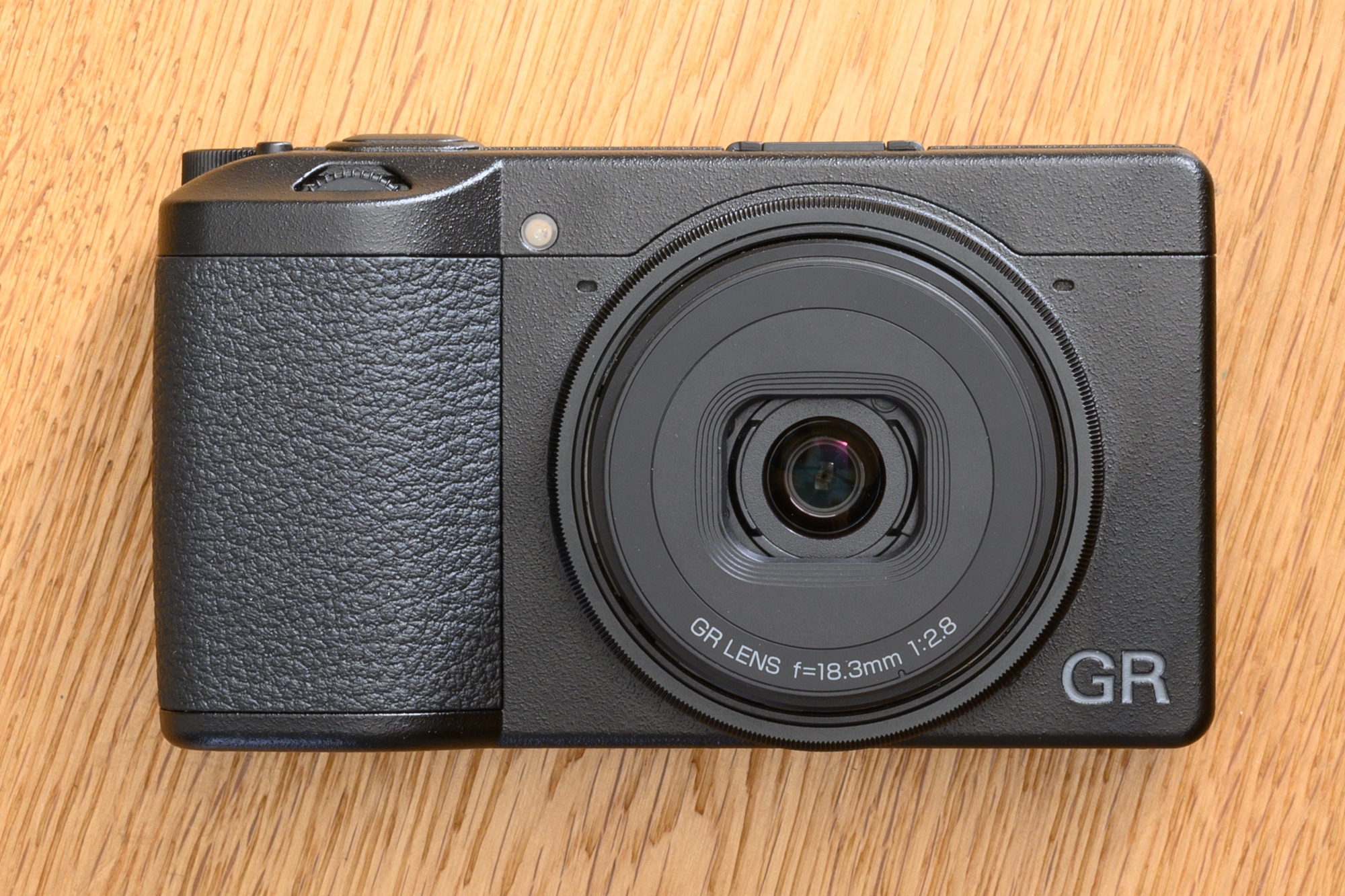
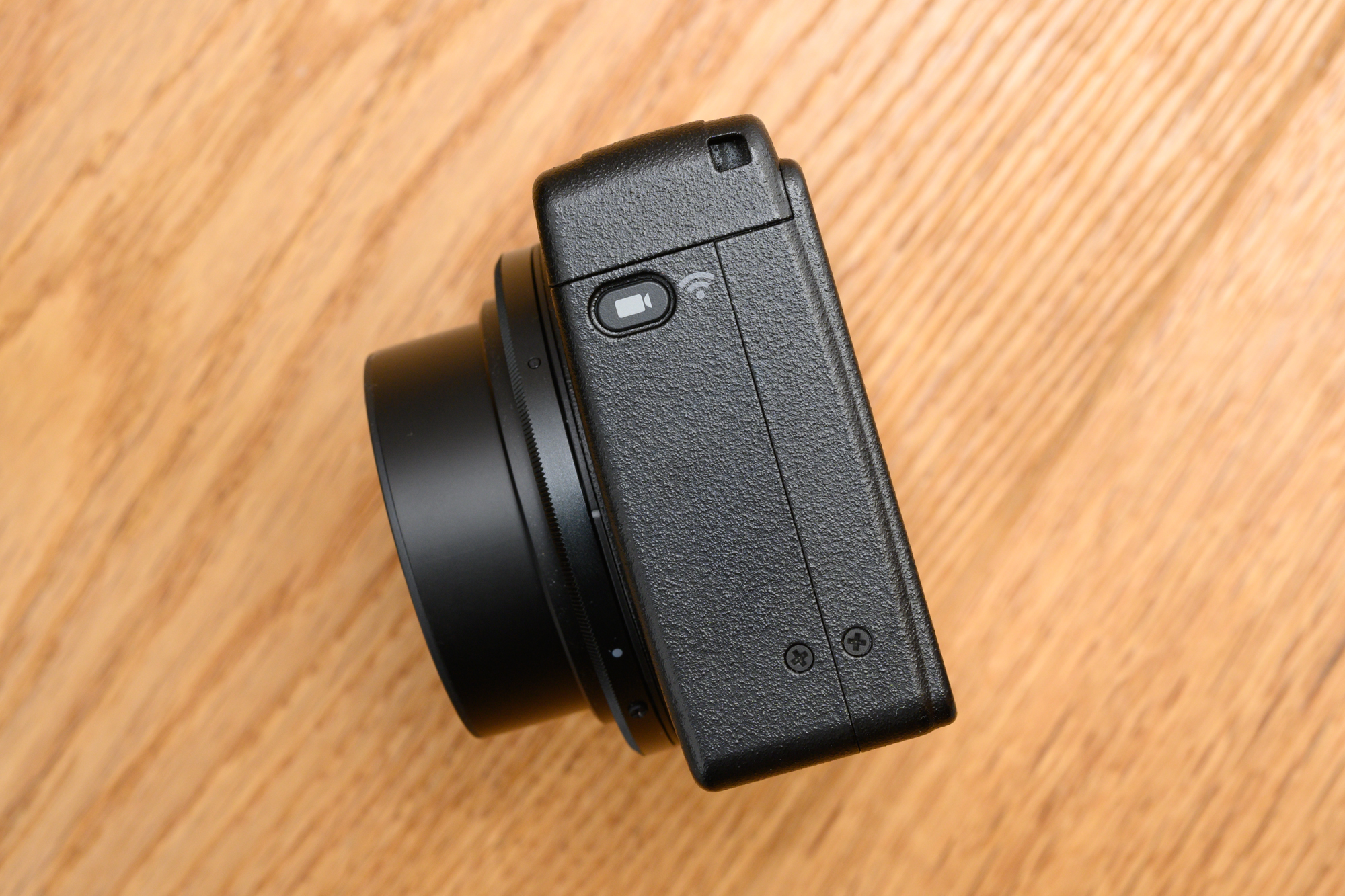
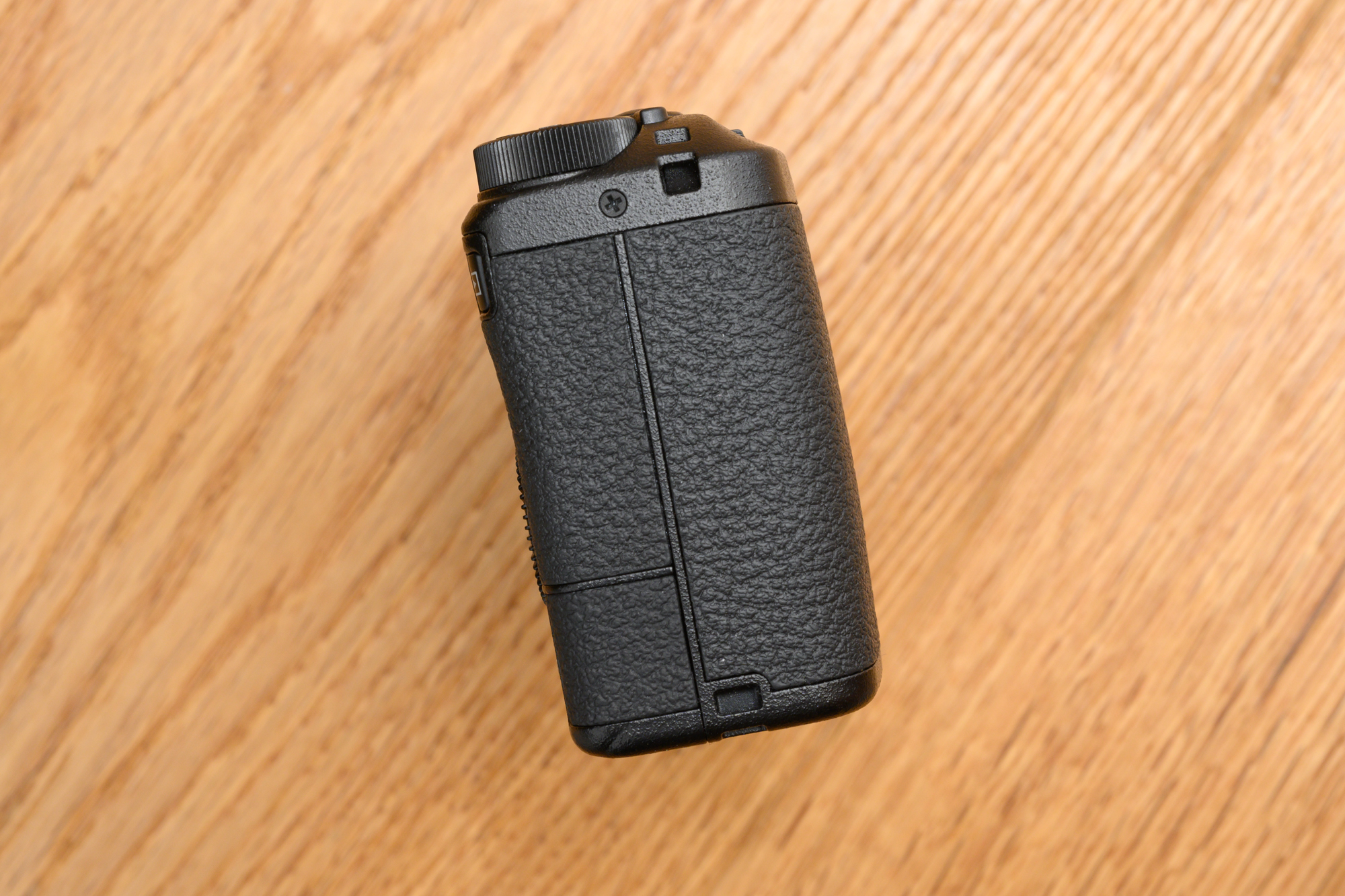
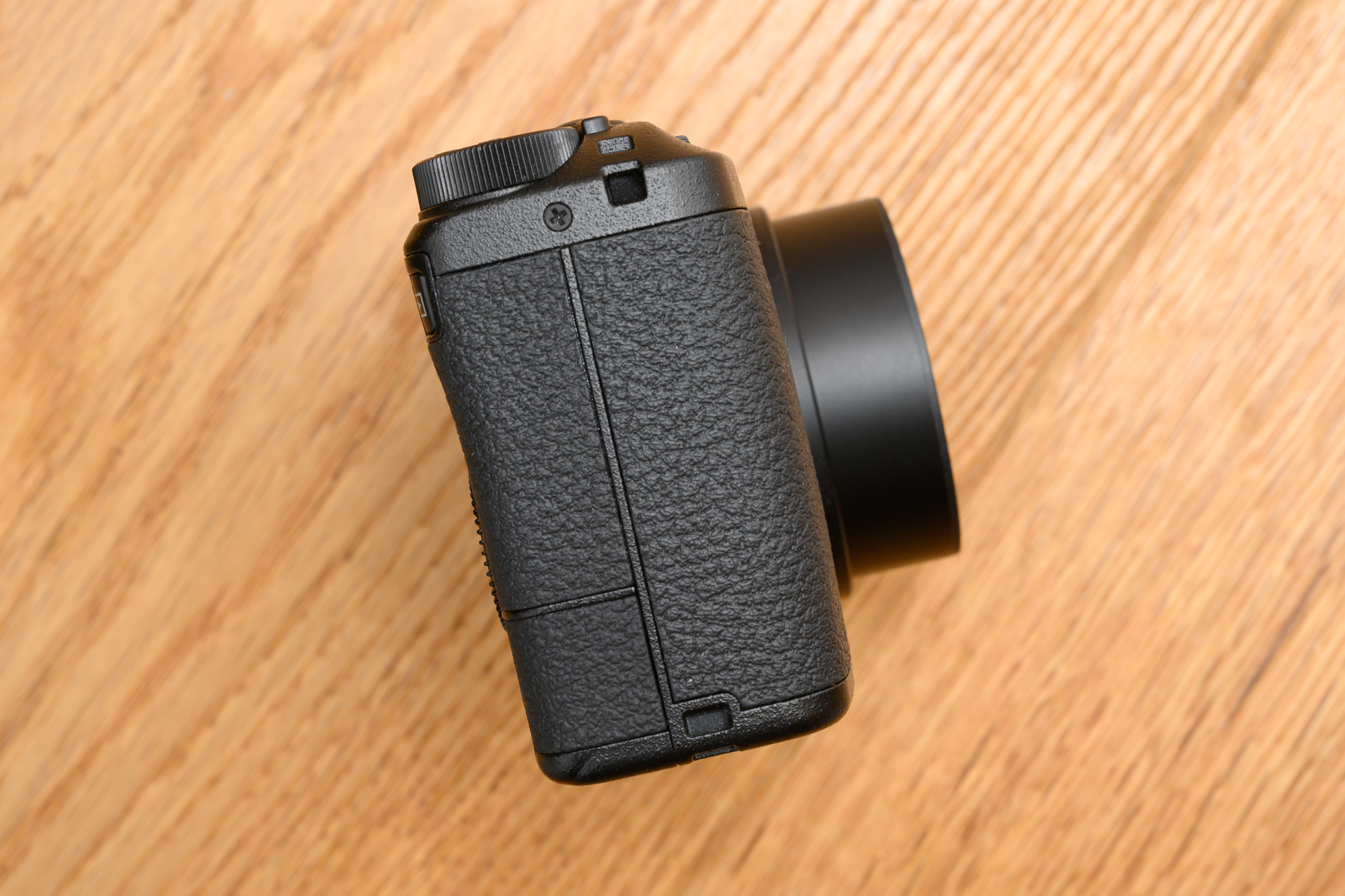
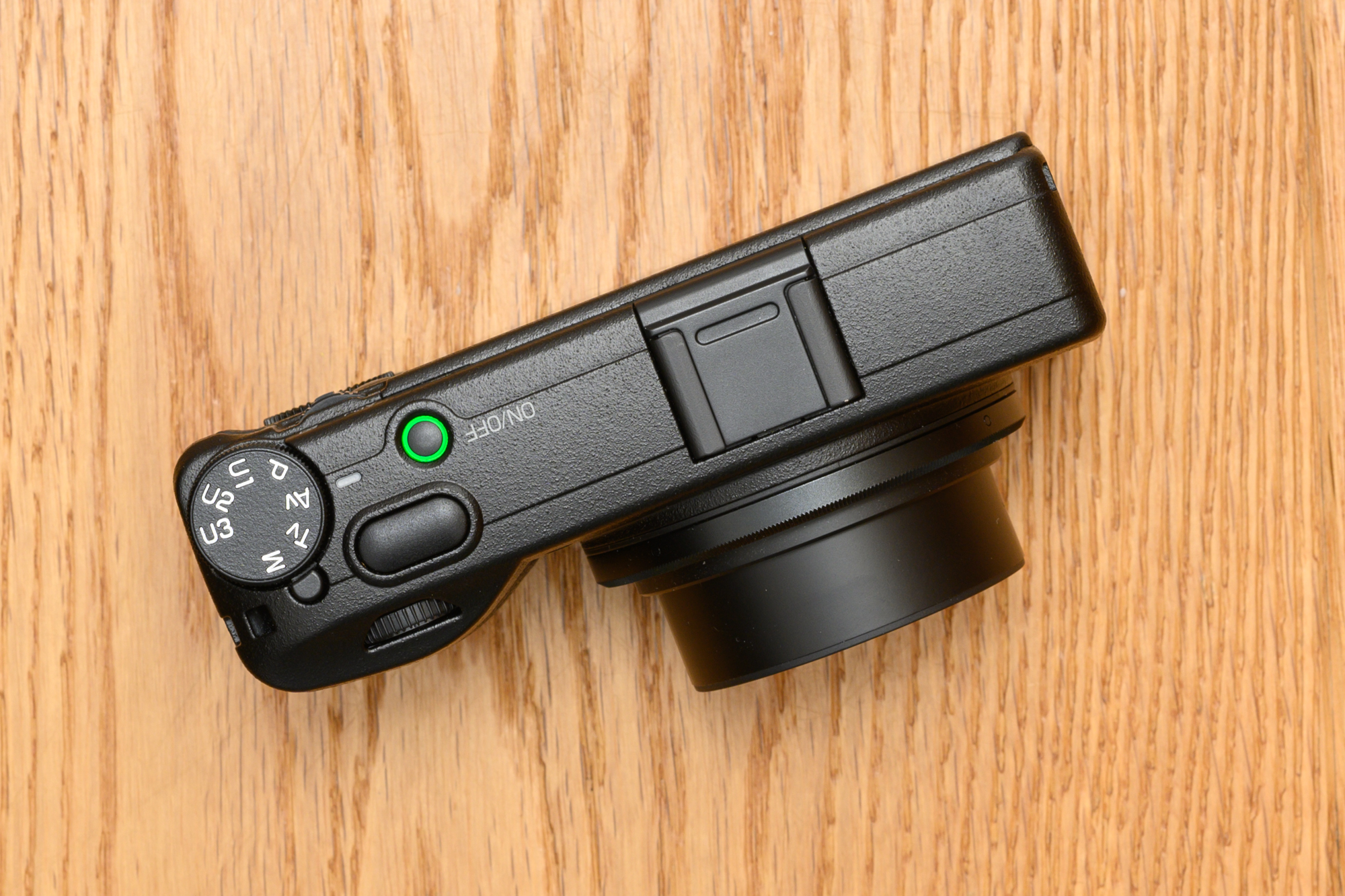
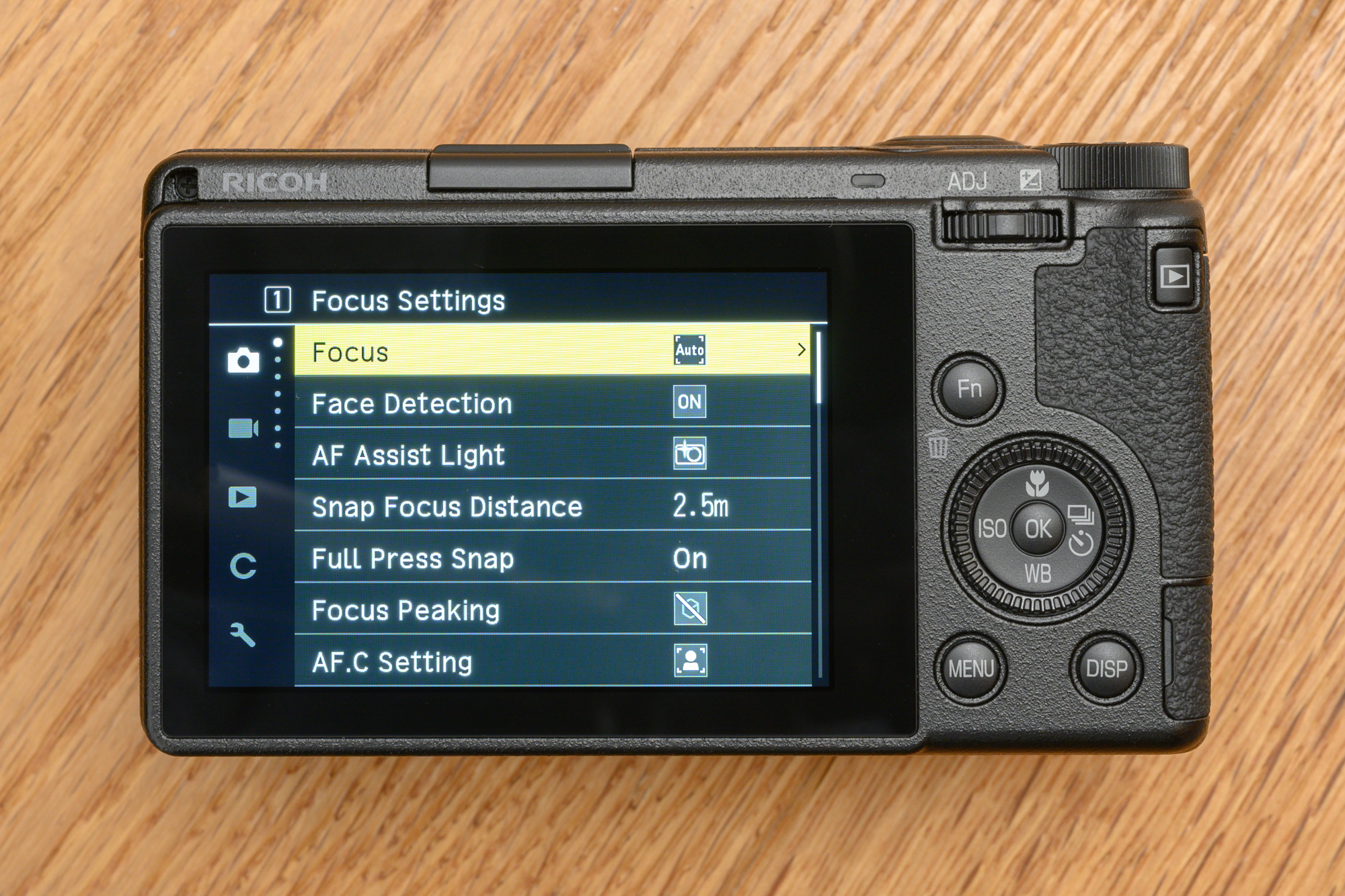
Ricoh GR III price
- Current price: £799 / $899 / AU$1,328
Masses of new features
- 24.2MP APS-C sensor
- 18.5mm f/2.8 lens (equivalent to 28mm in 35mm terms)
- Full HD video to 60p
The Ricoh GR III boasts the same APS-C sensor/fixed prime lens combination as its forebears, but both are fresh for this new model. The sensor now holds 24.2MP, and it once again lacks an anti-aliasing filter for the benefit of detail, while the new lens retains its 18.5mm focal length (28mm in 35mm terms) and f/2.8 aperture, although the optical design is different.
Video recording has never been too great a focus of the GR line, so it's no surprise that we don't get 4K video here. We do at least get Full HD recording to 60p, however, with 30p and 24p options alongside, together with Shake Reduction and the option of a ND filter.
The ND filter is also on hand for stills, as is Shake Reduction, for the first time on a GR model. Also making its debut is Dust Removal, which should hopefully fix the issue that some previous GR-series owners experienced where dust would get inside the camera and affect images, and would be impossible to remove without taking the whole thing apart.
Shake Reduction and Dust Removal are two technologies that have been inherited from Pentax's cameras, which have been under the Ricoh umbrella for some time now, and on the GR III these are joined by other Pentax technologies such as Peripheral Illumination Correction to combat vignetting, and D-Range Correction to better balance shadows and highlights.
The Outdoor View setting, which allows you to quickly adjust the brightness of the LCD screen and which has featured on the last few Pentax DSLRs, also makes an appearance. It's particularly useful here, as it can make it easier to see what you're doing when you have the camera up high or at ground level, in lieu of a tilting LCD.
The LCD itself retains the 3-inch dimensions of the GR II's panel, and while resolution has taken a slight dip – from 1.23 million dots to 1.04 million here – the screen is now touch-sensitive. There's no viewfinder, but you can fit one of two (optical) external options via the hotshoe.
The autofocus system has received a considerable boost over the contrast-detect system used in the previous two GR models. We now have a hybrid phase- and contrast-detect AF system, which should help to speed things up. You can also focus 6cm away from the subject in its macro mode and switch to 35mm and 50mm crop settings for those times when 28mm is just a little too wide.
Sensor: 24.2MP APS-C
Lens: 18.5mm f/2.8 (28mm in 35mm terms)
Video: Full HD (up to 60fps)
Burst mode: 4fps
Rear screen: 3-inch touchscreen, 1.04m dots
Battery life: Approx. 200 frames (CIPA rating)
Wi-Fi and Bluetooth are both in board, although one thing Ricoh has dropped from the GR II is the built-in flash, possibly in order to make the body more compact, but potentially to facilitate the inclusion of the Shake Reduction system. Of course, that hotshoe also allows you to mount an external flash should you need to.
In place of the awkward proprietary USB port from before, the Ricoh GR III is equipped with a USB Type-C port, and this lies behind a small door that's surprisingly difficult to prize open. As on many other modern cameras this supports charging while the battery is inside the camera, and that's something you may want to do quite frequently – with a CIPA rating of just 200 frames per charge, battery life is disappointing. If you leave the Shake Reduction system off and keep LCD usage to a minimum it's likely that you'll be able to achieve more frames per charge, but you'll almost certainly want to grab a spare battery or a power bank to be on the safe side.
Great build and even smaller than before
- Magnesium alloy body
- Fast operation
- AF system can be unpredictable
The GR series has always been about discretion, and the Ricoh GR III continues in that vein. The magnesium alloy body is all black, and where functions and buttons are marked the markings are very subtle.
The body feels just as solid as previous GR cameras, with a relatively bulbous grip around the front that allows you to get a good, secure hold. This is also coated in a tactile rubber, which continues all the way round to the rear plate were the thumb rests.
The pill-shaped shutter release button is nice and large, and the mode dial moves easily, but needs to be released via a catch to its side before it turns, which prevents it from slipping out of place when you're not paying attention. All buttons press positively into the body with a nice click, and the multi-functional Adj. lever is ideally placed for the quick adjustment of key options such as focus, metering mode and so on.
The menu pad dial on the back of the camera moves easily, and the new processing engine allows you to move speedily the menus (which have also new been redesigned for the better). You can also change lots of settings via the touchscreen, which is nicely sensitive to presses and swipes, and sharp to the eye. This goes some way towards making the lack of a joystick-type focus lever less of an issue.
On that subject, the focusing system offers a healthy range of different patterns and modes, from auto-area, pinpoint and Snap focus, through to manual, continuous and an infinity option. The system works reasonably quickly in everyday use, although it can be a little unpredictable at times, and hesitant in low light.
Image quality
- Great detail across the frame
- Low noise levels at moderate ISOs
- Video quality not great (and no 4K)
The fact that the Ricoh GR III shoehorns an APS-C sensor into a genuinely pocketable body is impressive enough, but, like its forebears, it manages this feat while still delivering impressive image quality. The new sensor provides a good boost in resolution over the 16.2MP we saw in the GR II, and ensures low noise levels throughout most of the range.
We say most; the sensitivity reaches ISO102,400, which is ridiculous. This setting, together with the few beneath it, produce images with far too much noise for them to be of any practical use, and they're nigh-on impossible to process successfully. Stick to the four-figure ISO settings, however, and you'll generally find that the camera does quite well. Incidentally, with the same pixel count, top sensitivity setting and hybrid AF system as the Pentax K-70, it seems very likely the two cameras share the same sensor, or very close relatives at the least.
With the new Shake Reduction system on board, however, you may not need to venture into these lofty ISO settings too frequently. This system does well to keep images crisp at shutter speeds as low as 1/5 sec, although you can still get acceptably sharp images at slightly slower speeds at a push.

The new lens is generally a very capable performer, with only traces of lateral chromatic aberration and negligible distortion, and very good sharpness across the frame. Consistency does improve a little once you stop down the aperture, but it's still better than expected at f/2.8. Vignetting, however, is a surprisingly constant presence throughout the aperture range, so it's worth keeping the effective Peripheral Illumination control enabled to rectify this.
While the fixed lens may appear to make the camera less flexible than others, the ability to focus 6cm away from your subject, together with the 35mm and 50mm crop settings, allow you to get close-up images of flowers and other smaller subjects with nicely defocused backgrounds.
One area where the Ricoh GR III falls short is video. There's no 4K recording, and the quality of Full HD footage just isn't up to the standard of that even from cheaper cameras. Fine details are often affected by artifacts and the camera's focusing system isn't the best here, although rolling shutter isn't too bad.
The metering system typically tries to balance scenes with a wide dynamic range so that highlight details don't get lost, so you may want to adjust exposure compensation on occasion, or call on the Shadow and Highlight Correction tools to keep all details in the scene.
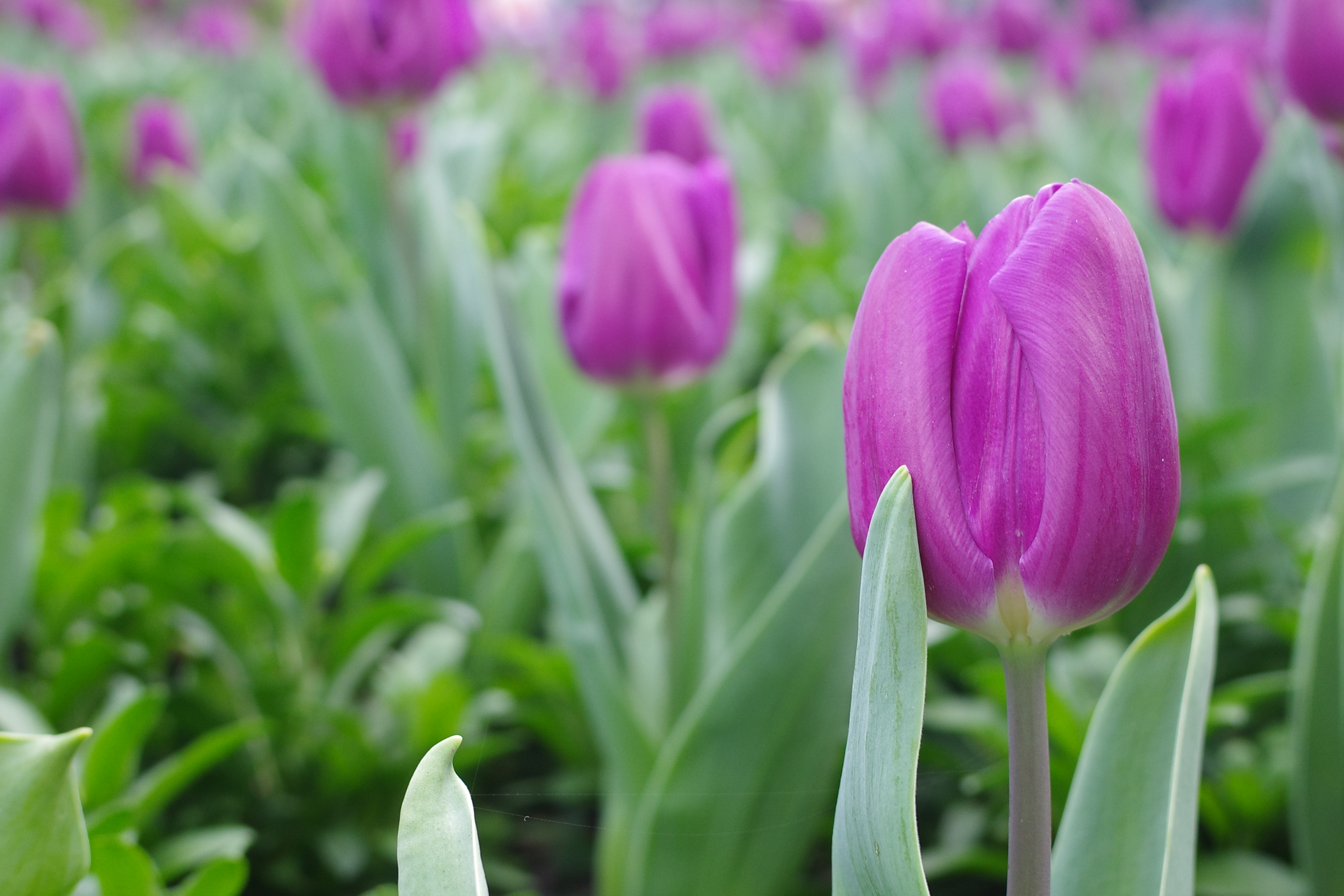
Click here to view full-size image
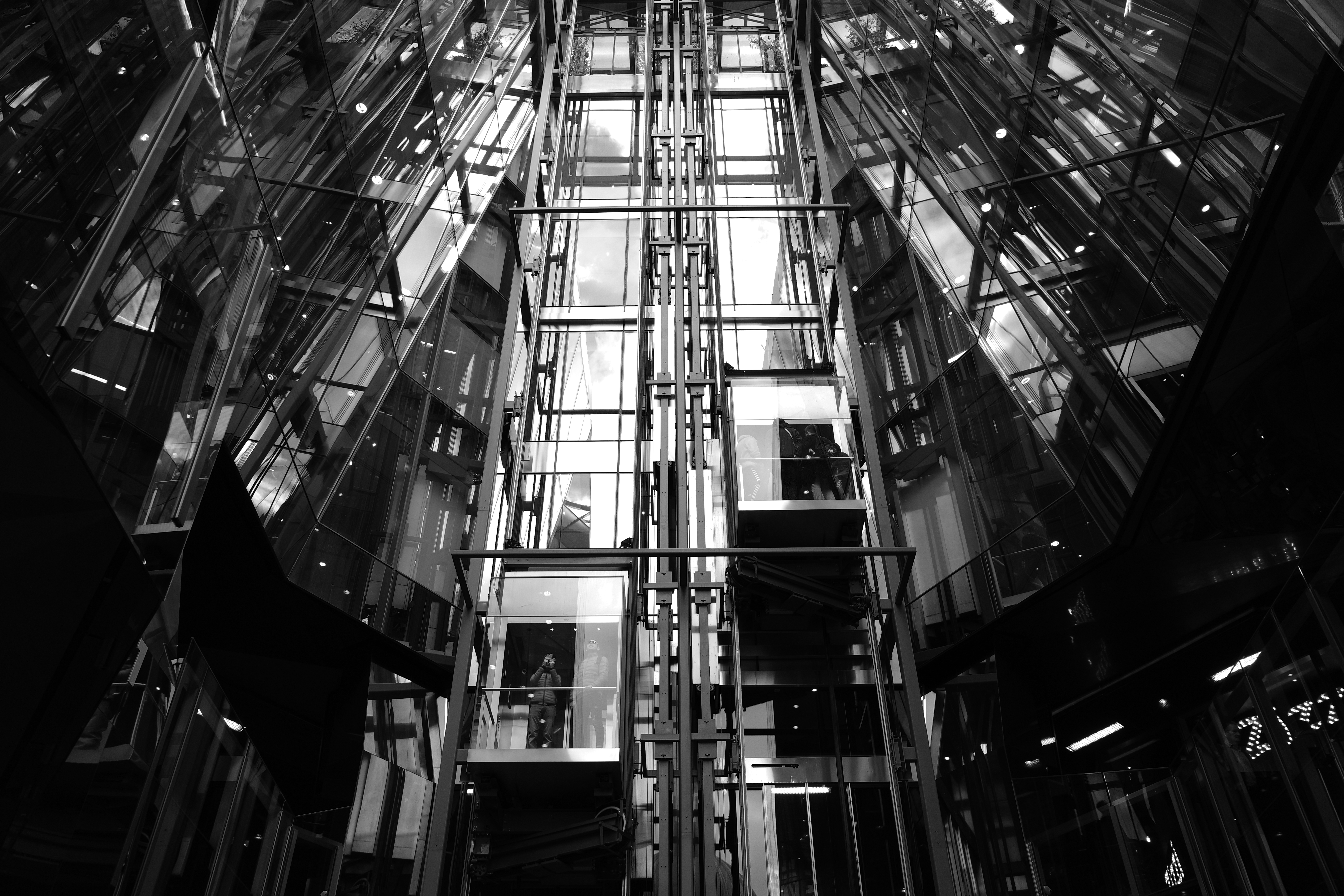
Click here to view full-size image

Click here to view full-size image

Click here to view full-size image

Click here to view full-size image

Click here to view full-size image
Auto White Balance performance appears to be accurate across a range of situations, although colors can be a little neutral on the Standard Image Control setting (particularly when you have the Peripheral Illumination and Shadow Corrections settings enabled). The camera does offer a wealth of control to help you achieve the results you need without post-processing, from the Vivid option that's very pleasing for nature through to the Hard Monotone setting, which can create infrared-like black-and-white results (see image 5 above).
Overall, the Ricoh GR III is a camera that brings some significant gains over its GR II predecessor, and it's always welcome to be able to achieve this standard of image quality from such a tiny camera. While we're not so impressed by the battery life, so-so autofocus system, video quality or results at the very highest ISO settings, its design, fast operation and reliable image quality make it a powerful option nonetheless.
Not convinced? Try these
If the Ricoh GR III isn’t for you, here are three excellent alternatives to consider...
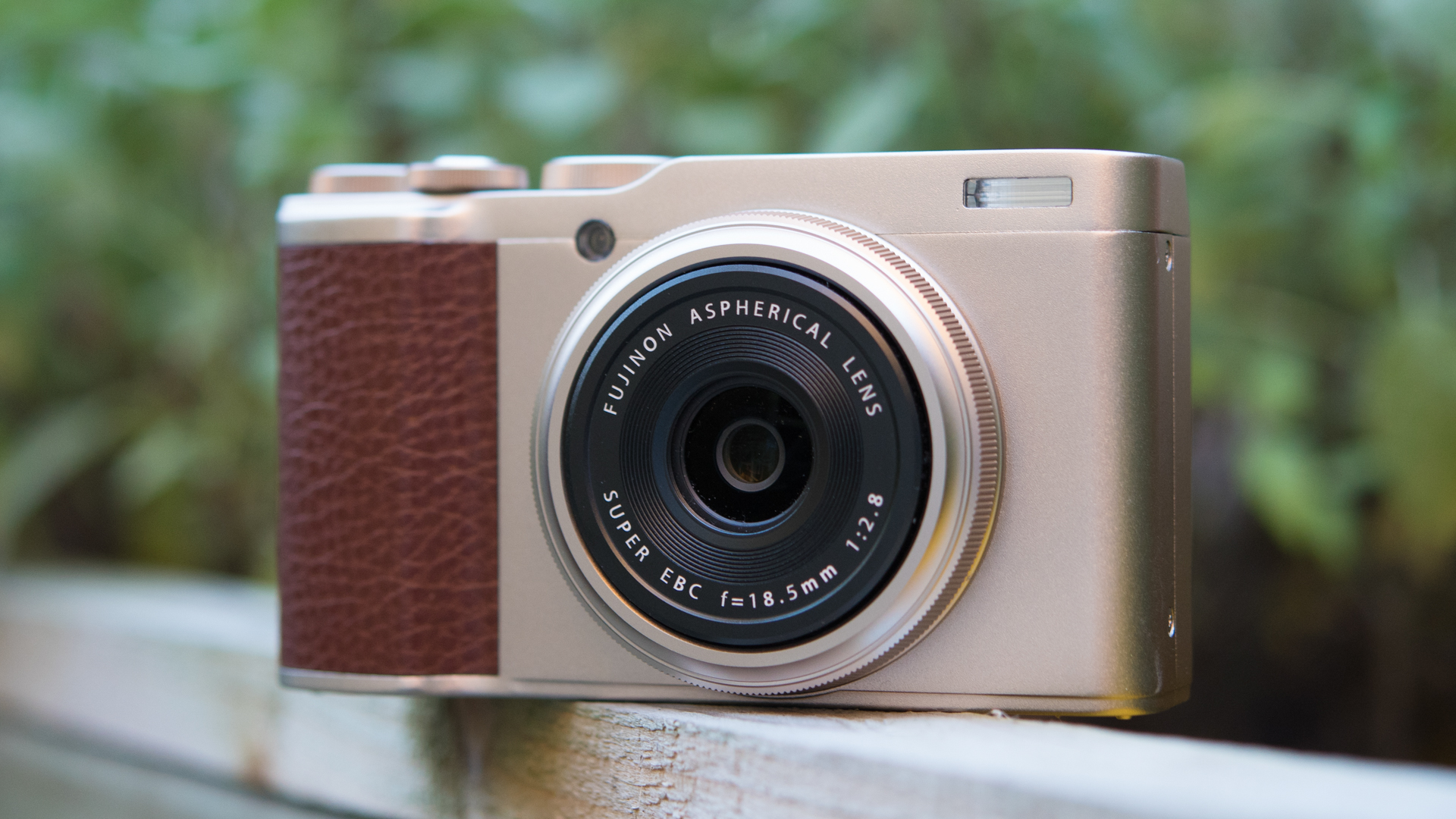
Fujifilm XF10
The XF10 shares many commonalities with the GR III: a 24MP APS-C sensor, a lens equivalent to 28mm in 35mm terms and a touchscreen. Sadly, it also shares some of its downsides, such as a less-than-ideal AF system, and while it can shoot 4K videos, it only does so to 15fps. The GR III has the upper hand in offering faster operation and image stabilization, although battery life is better on the XF10, as is the price tag.
Read our in-depth Fujifilm XF10 review
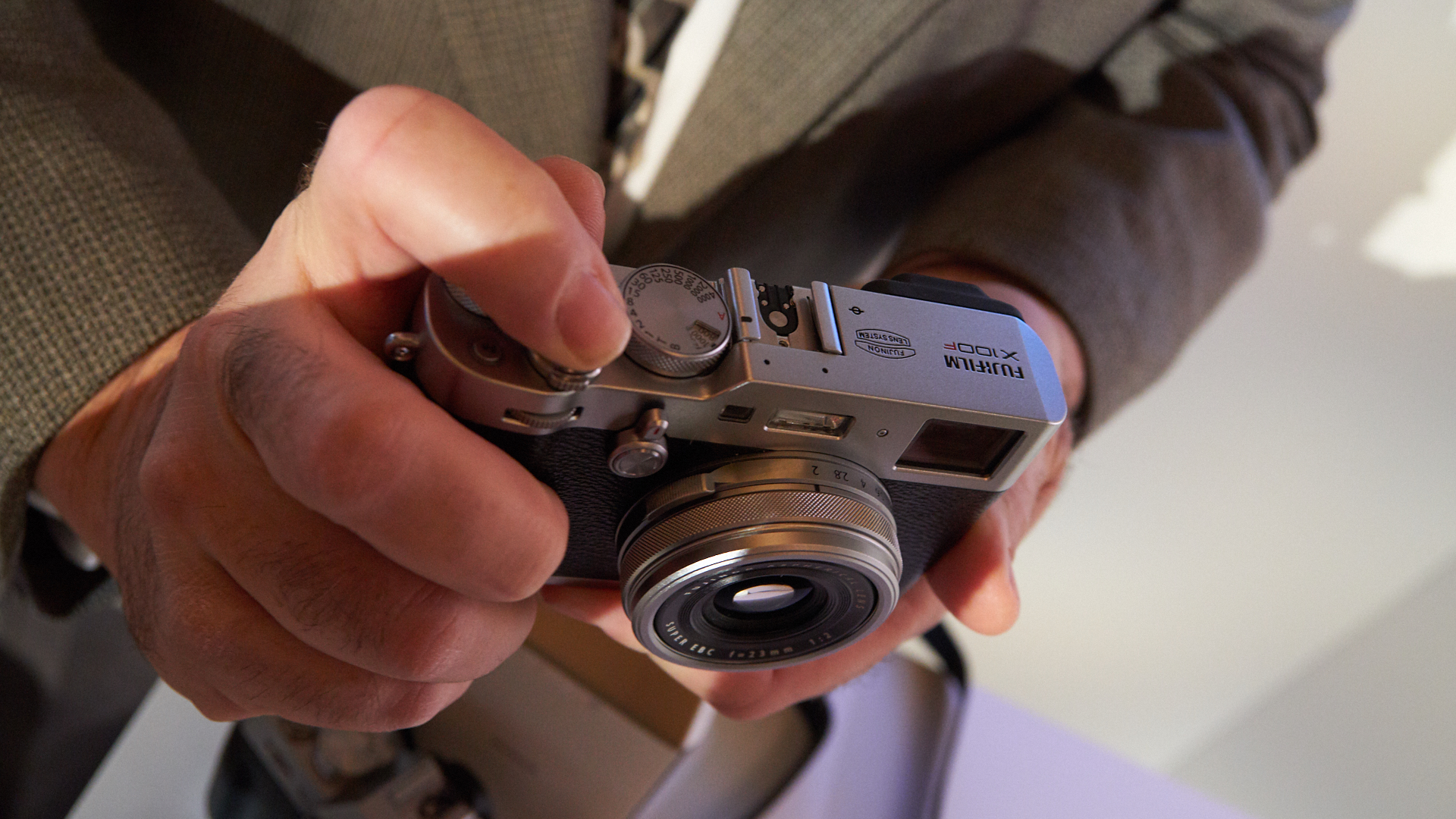
Fujifilm X100F
Bigger and pricier than the GR III, with a 24MP APS-C sensor, a fixed lens equivalent to 35mm and plenty of physical controls, the X100F will likely appeal to a similar crowd. As with the GR III there's no 4K video, nor a tilting touchscreen, but build quality is excellent, operation is snappy and the Film Simulation modes produce lovely results.
Read our in-depth Fujifilm X100F review
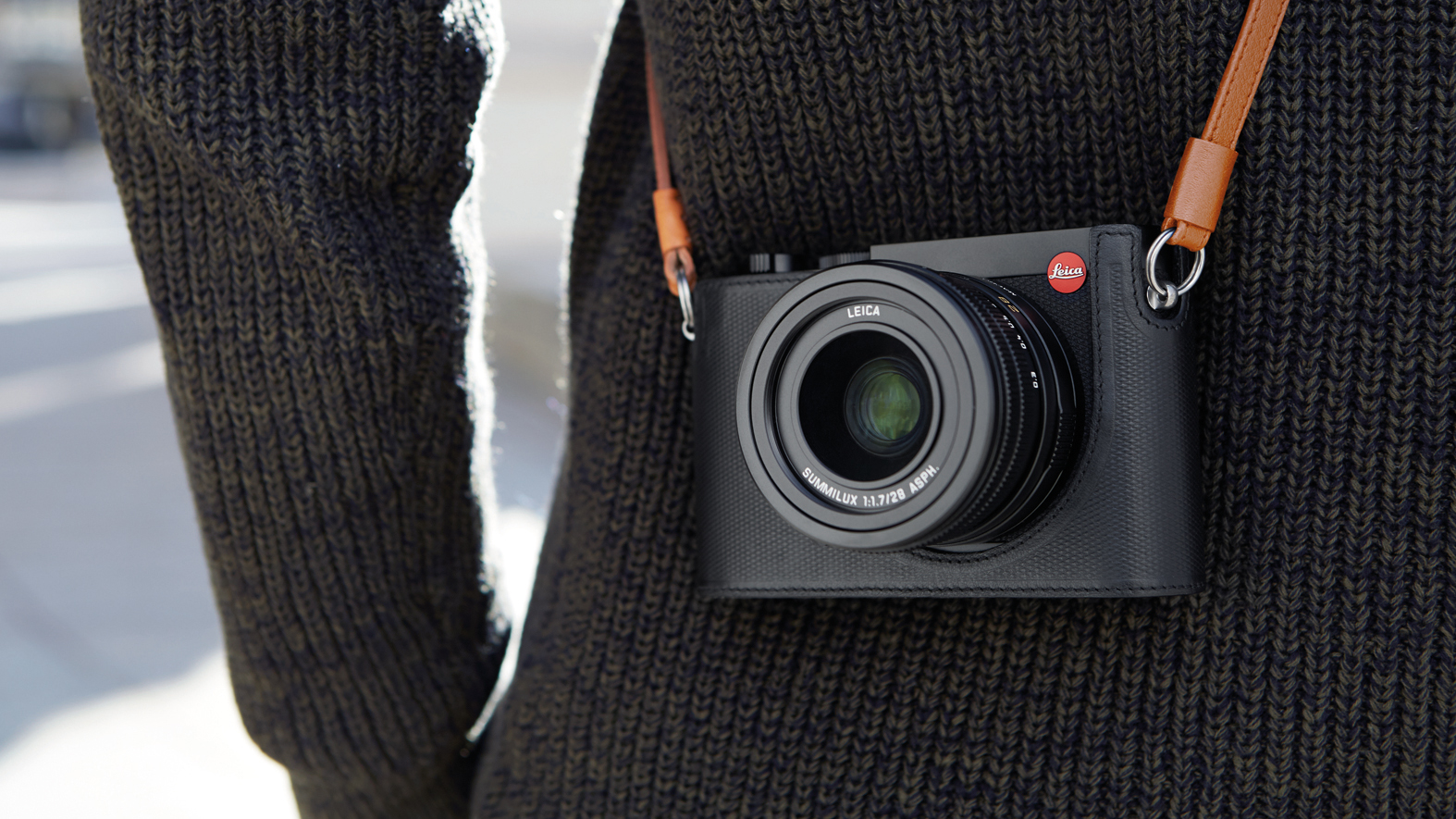
Leica Q2
More than five times the price of the GR III, the Leica Q2 is quite a stretch for anyone's finances – but this is a Leica after all. And there's plenty on the spec sheet that justifies this premium, from the 47.3MP full-frame sensor and 4K video recording option though to a stellar build and a wonderfully sharp Summilux 28mm f/1.7 ASPH lens lens.
Read more: Leica Q2 announcement
